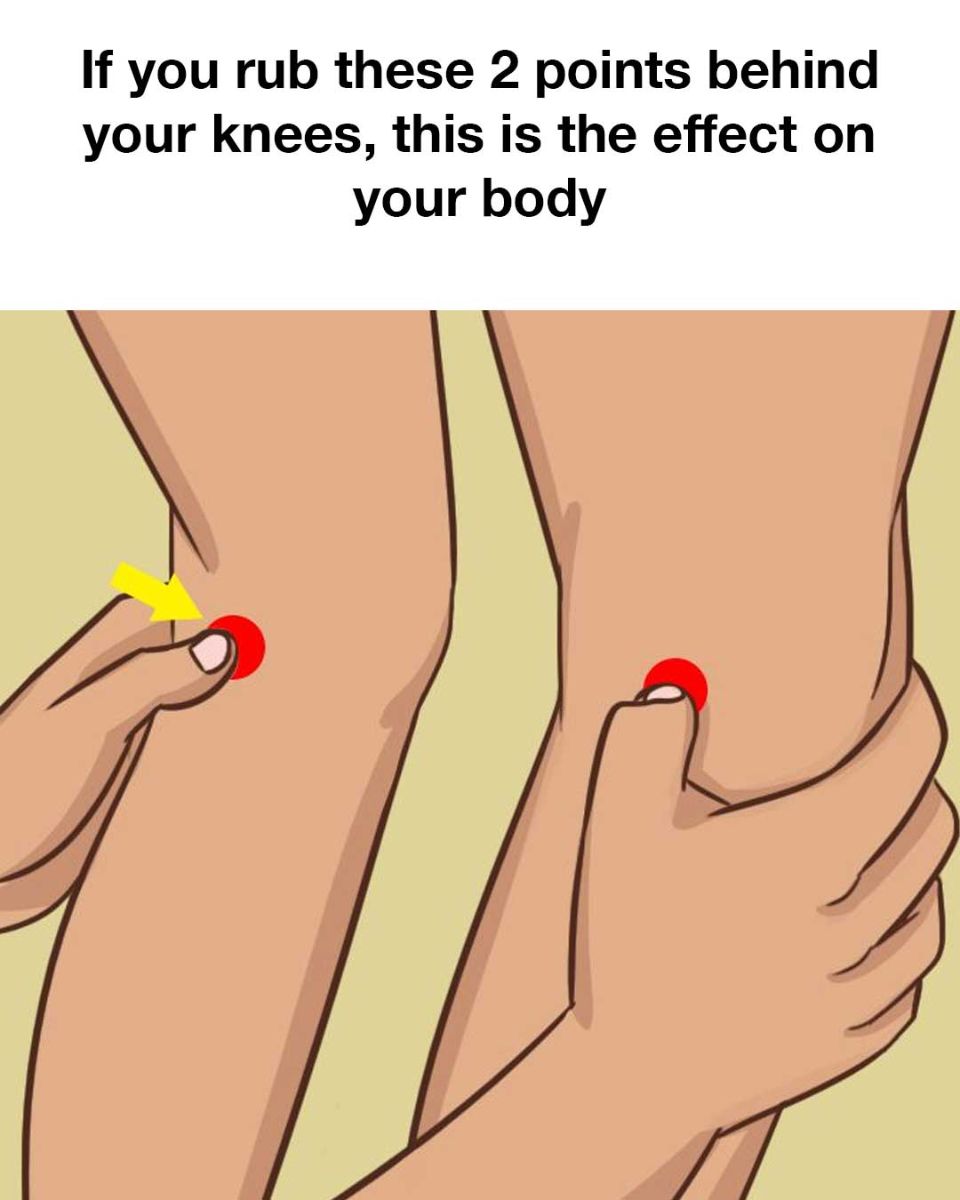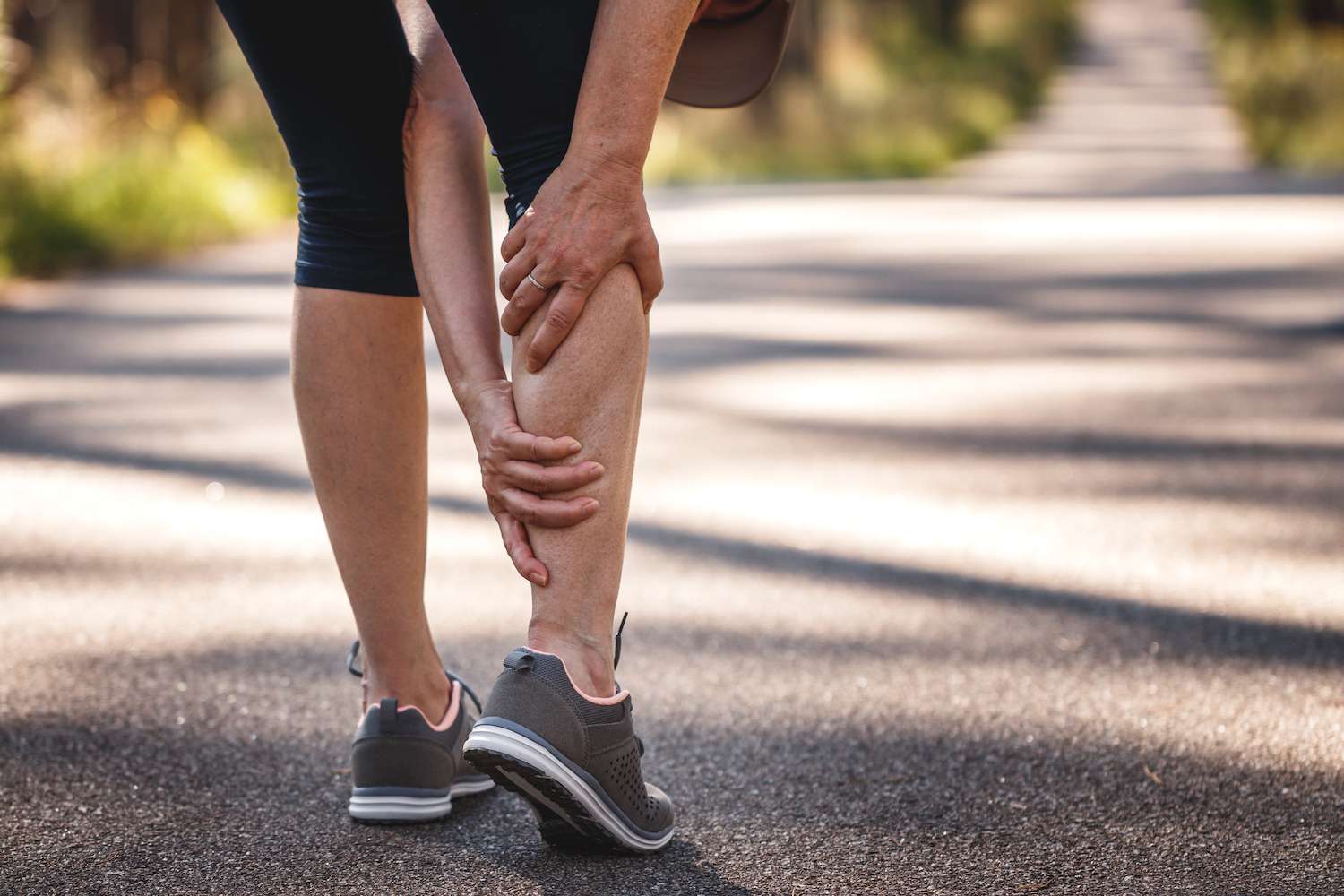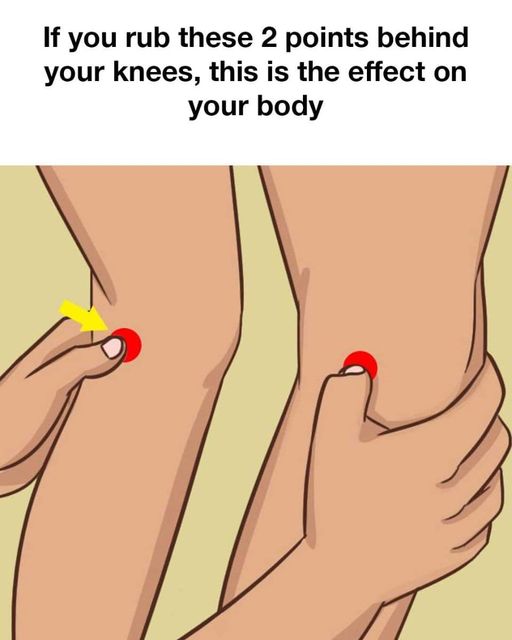As we get older, our joints can start to feel a bit stiff, and back pain tends to become a common issue. While there are many products out there designed to help with pain and inflammation, a lot of folks prefer to avoid the chemicals in medications. That’s where acupressure can come in handy. Acupressure is “an ancient healing art using the fingers to gradually press key healing points, which stimulate the body’s natural self-curative abilities,” according to Acupressure.com.

This practice dates back to ancient China, as noted by the Melbourne College of Professional Therapists. Many benefits come from acupressure, such as increased circulation, deep relaxation, and relief from muscular stiffness.

Which acupressure spots might assist ease stiffness?
Michael Reed suggests focusing on two specific points: GB34 and ST36.
How do the acupressure points work?
According to Modern Reflexology, GB34 “is situated on the side of the leg, right below the knee, slightly in front of the tip of the outer leg bone.” ST36 can be found four finger lengths below the kneecap and one finger width to the outside of the leg. Reed recommends massaging GB34 and ST36 vigorously every day to help reduce muscular tightness.
Modern Reflexology also mentions that GB34 may assist with nausea, vomiting, sciatic pain, hip pain, and jaundice, besides stiffness. Natural Herbal Remedies points out that ST36 is useful for muscular tone, digestion, fatigue relief, and menstrual cramps.
What more can you do to alleviate stiffness?
In addition to acupressure, the National Fibromyalgia and Chronic Pain Association advises getting enough deep sleep so your muscles can repair. Keeping yourself warm and avoiding drafts while sleeping is also a good idea. Taking a hot shower can help relax stiff muscles and improve blood flow. These simple steps can make a big difference in reducing morning stiffness without needing additional medication.




